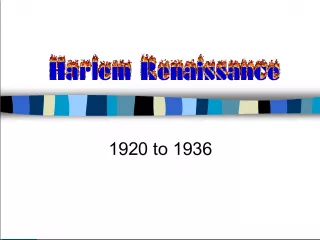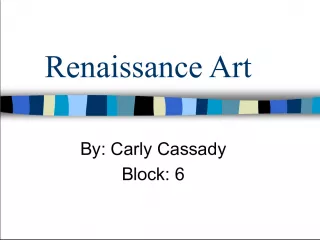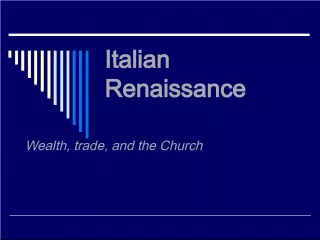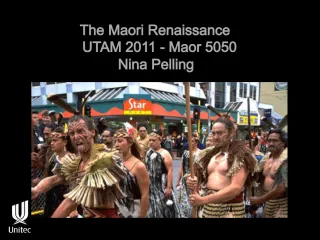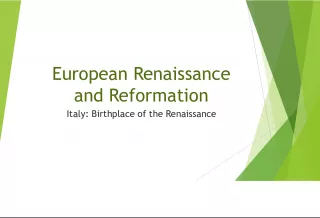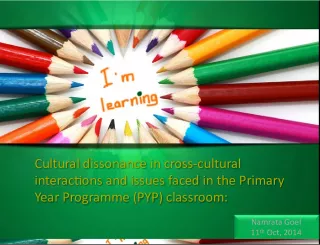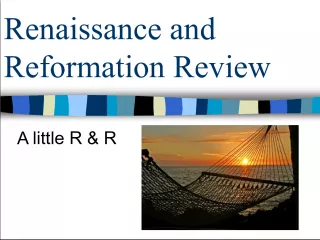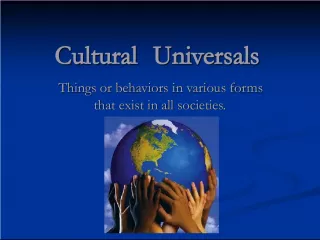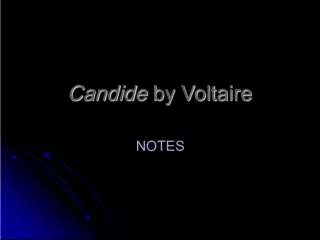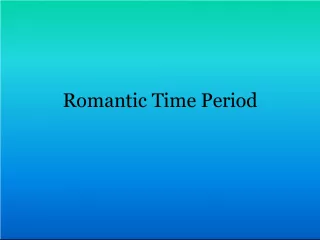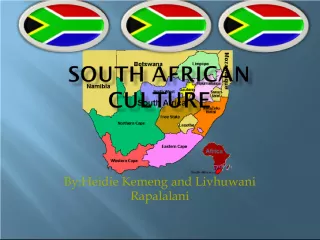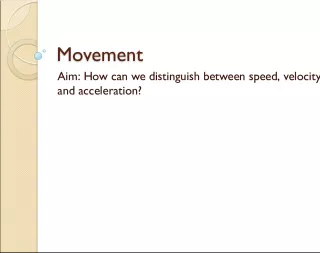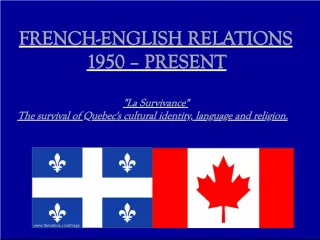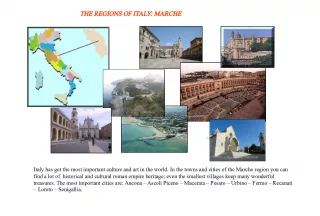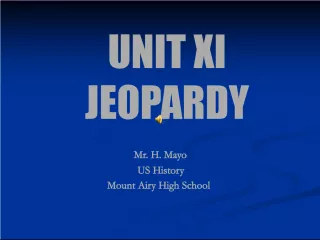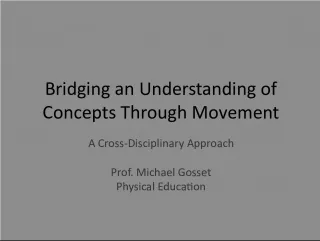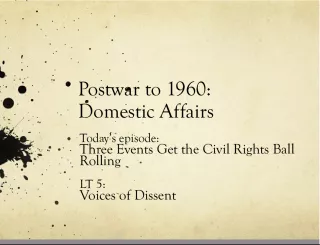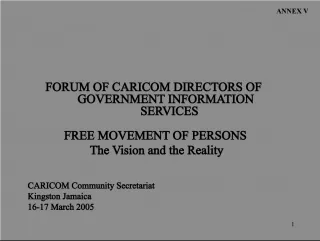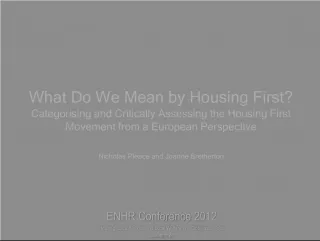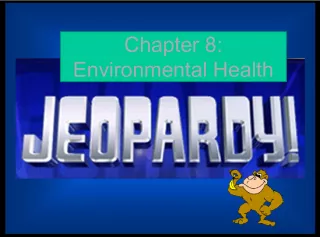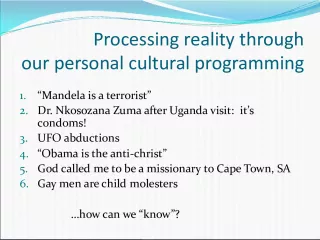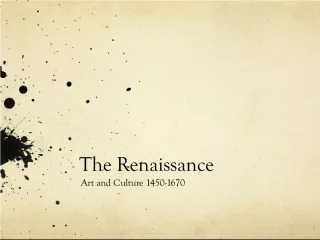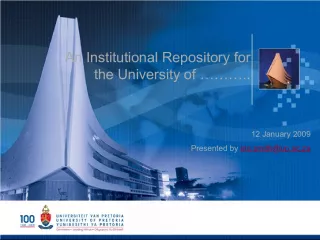Harlem Renaissance: A Cultural Movement
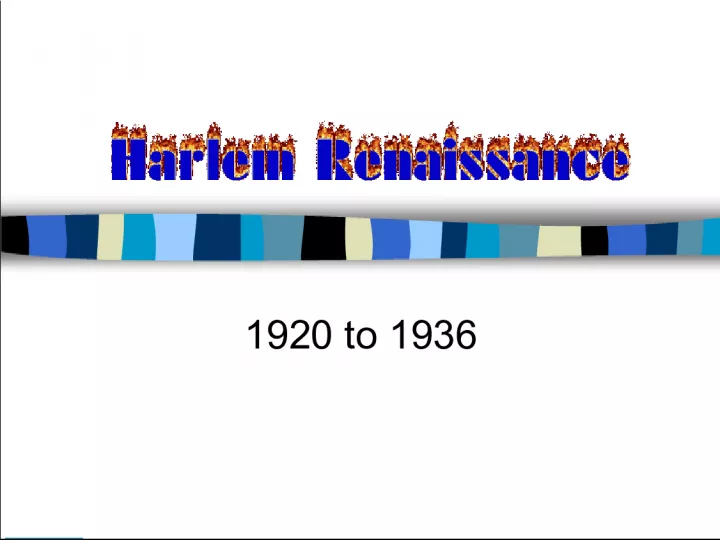

Harlem Renaissance, a period from 1920 to 1936, saw a surge of African American literary talent, producing works of poetry, fiction, drama, and essays. It also encompassed visual arts, music, philosophy, and theater, making it a thriving cultural movement.
- Uploaded on | 0 Views
-
 wendy
wendy
About Harlem Renaissance: A Cultural Movement
PowerPoint presentation about 'Harlem Renaissance: A Cultural Movement'. This presentation describes the topic on Harlem Renaissance, a period from 1920 to 1936, saw a surge of African American literary talent, producing works of poetry, fiction, drama, and essays. It also encompassed visual arts, music, philosophy, and theater, making it a thriving cultural movement.. The key topics included in this slideshow are . Download this presentation absolutely free.
Presentation Transcript
Slide1 1920 to 1936
Slide2Harlem Renaissance Defined Harlem Renaissance (HR) is the name given to the period from the end of World War I and through the middle of the 1930s Depression, during which a group of talented African-American writers produced a sizable body of literature in the four prominent genres of poetry, fiction, drama, and essay.
Slide3Harlem Renaissance Defined (continued) Not limited to literature, the movement also includes philosophy, theater, the visual arts, and music.
Slide4Harlem Renaissance Dates Beginning dates range from 1914 to 1920 Ending dates range from 1935 to 1940
Slide5Great Migration Beginning of World War I Job opportunities in North 1915-1918 Some believe this to be the beginning of H.R.
Slide6KeyFigures
Slide7W. E. B. Du Bois (1868-1963) Philosopher Sociologist Civil rights activist
Slide8W.E.B. Du Bois African Americans must be taught racial pride and African cultural heritage Coined the term “Talented Tenth”
Slide9Charles Gilpin (1878-1930) Performing arts: theater
Slide10Theater and Film Charles Gilpin founded the Lafayette Players Few plays were written by African Americans
Slide11Alain LeRoy Locke (1886-1954) Philosopher Educator
Slide12Alain Locke The New Negro Saw Harlem as race capital
Slide13Marcus Garvey (1887-1940) Political leader Publisher and journalist Jamaican National Hero
Slide14Marcus Garvey Back to Africa movement
Slide15Claude McKay (1890-1948) Writer
Slide16Claude McKay “If we must die—let it not be like hogs hunted and penned in an inglorious spot…Like men we’ll face the murderous, cowardly pack, Pressed to the wall, dying, but fighting back!”
Slide17Zora Neale Hurston (1891-1960) Writer Anthropologist Folklorist
Slide18Jean Toomer (1894-1967) Writer
Slide19Jean Toomer Poet Envisioned an American identity that would transcend race Did not seek out “black” forms for his poetry
Slide20Bessie Smith (1895-1937) Jazz and Blues Singer
Slide21Langston Hughes (1902-1967) Writer
Slide22Langston Hughes “We younger Negro artists…intend to express our individual dark-skinned selves without fear or shame. If white people are pleased, we are glad. If they are not, it doesn’t matter.”
Slide23End of World War I “We return. We return from fighting. Make way for democracy! We saved it in France, and by the Great Jehovah, we will save it in the United States of America or know the reason why.” W.E.B. De Bois
Slide24Creative Forms Writers Poets Philosophers Musicians Visual Artists Filmmakers
Slide25African-American Literature Sought to reach entire community, not just highly educated Periodicals (magazines) acted as a medium of intellectual discourse
Slide26End of the Renaissance The Great Depression 50% of families in Harlem were out of work Harlem Race Riot, 1935
Slide27Gains of the Harlem Renaissance African Americans proved themselves to be talented and capable Created a new consciousness in blacks and whites New art forms Socioeconomic changes
Slide28 The Harlem Renaissance
